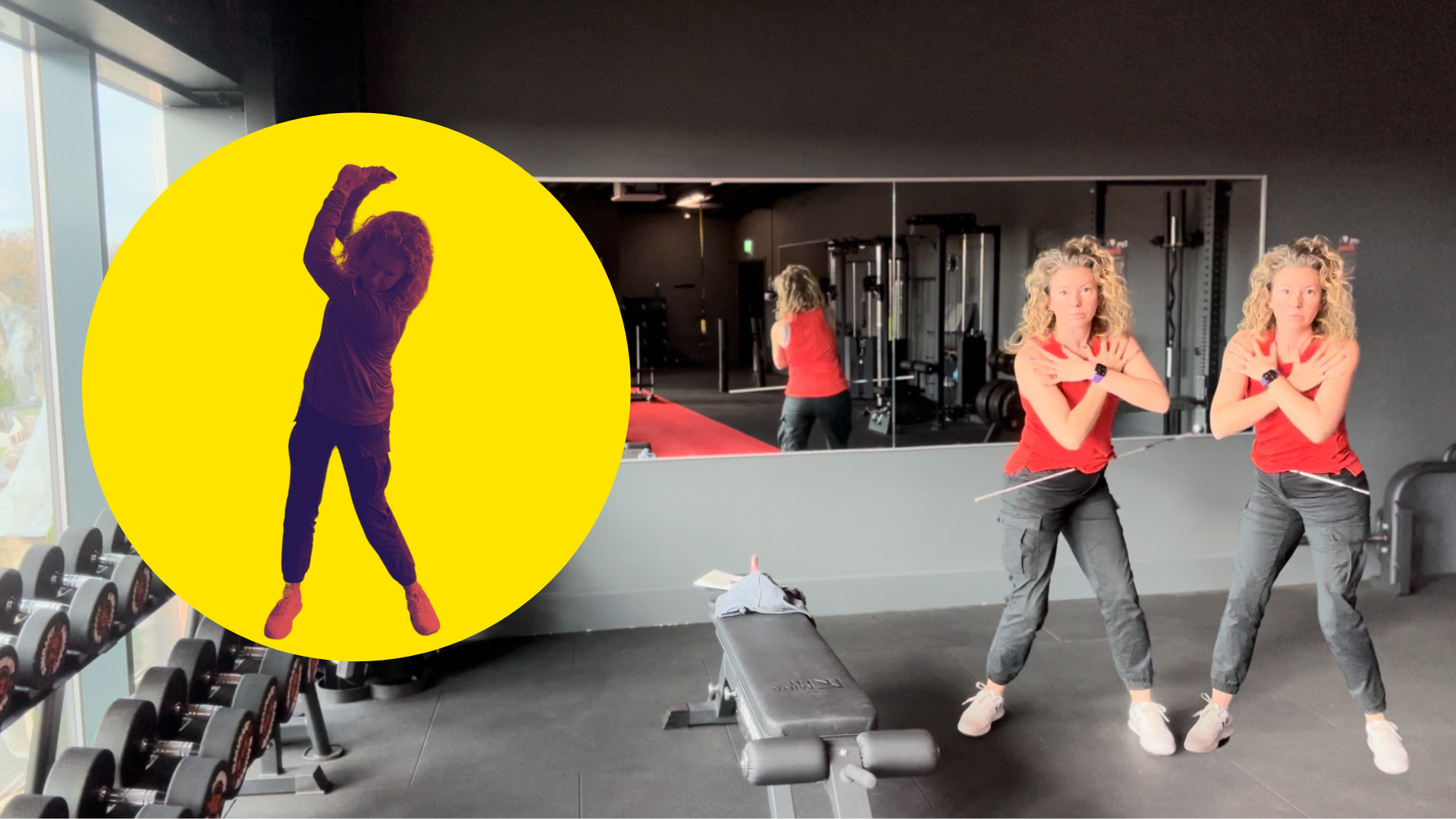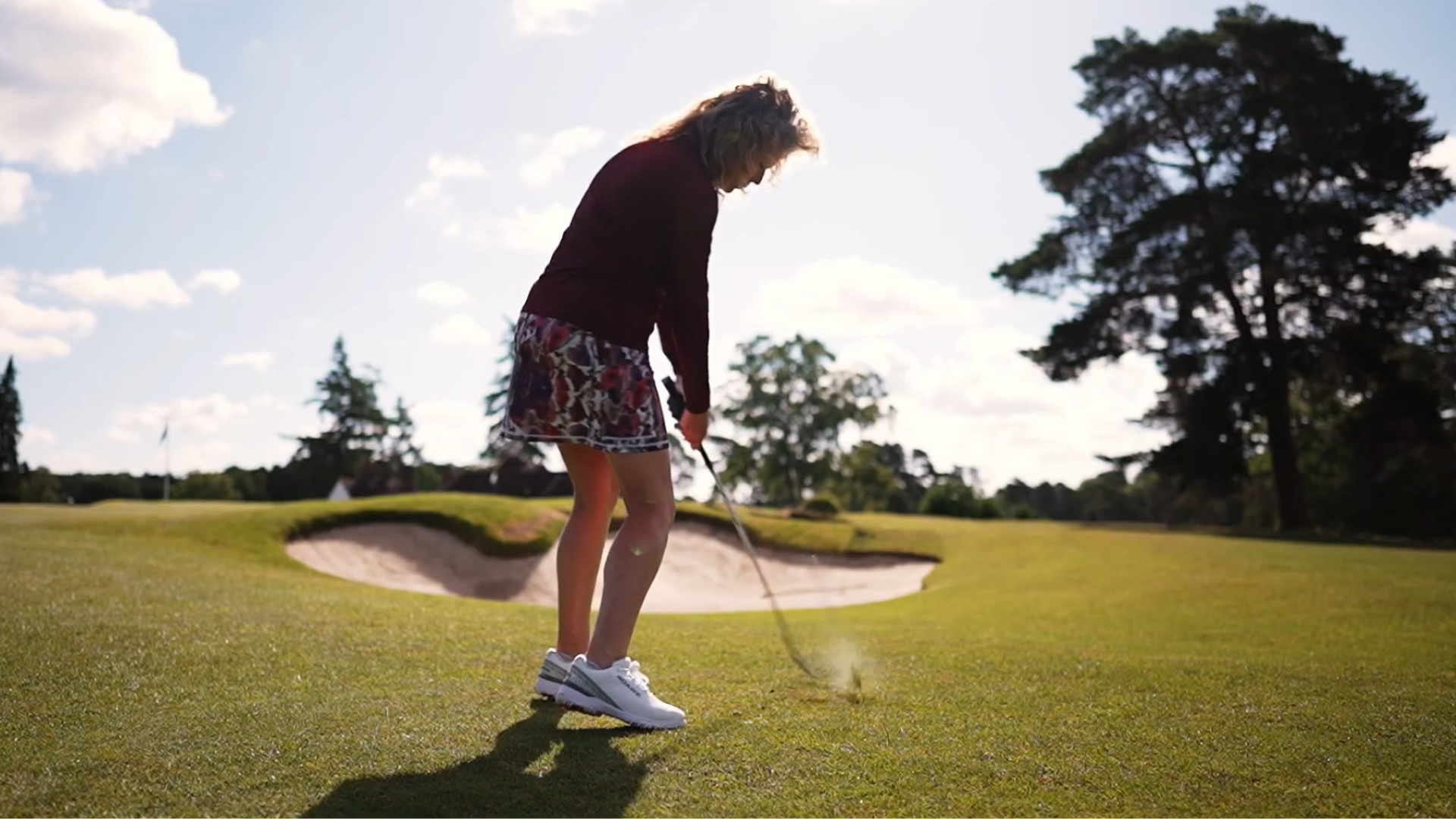
Are you a golfer that is sick and tired of having the same lesson over and over again. You just cannot shorten your swing or straighten that lead arm. You invest countless hours scouring YouTube and hitting hundreds of balls on the range. Guess what? It’s likely a waste of time. So many players will never swing it like Rory McIlroy or Nelly Korda. Here’s why... they physically cannot make the moves, without seriously risking injury.
The connection of the golfer’s physical limitation and the way they swing the club is all too often overlooked by players and their coaches. Sometimes a golfer is asked about injuries or soreness, but rarely the connection between these ailments and the swing is explained.
Coaches who are clued up on biomechanics and have gone through TPI (Titleist Performance Institute) training will immediately be able to spot when a player has either an injury or restriction just by the way they swing it.
Once an understanding has been established of a player's physical capabilities then a swing can be built for that individual. Alongside this, expectations can become more realistic. The enjoyment of golf is often tarnished with an unrealistic expectation to swing it exactly as the textbooks suggest. Once we accept what we can and can’t do we relax and begin to play with far more enjoyment.
Here are a few common faults that golfers often battle to banish and the physical reasons that may be behind why they are not improving.
Long Without The Strong
An overswing is one of the most common faults I see in many golfers. This isn’t always a bad thing, but often it’s caused by a restriction within the golfer's physical makeup.
The ability to separate the upper and lower body is so important when it comes to efficiently swinging the club. Any limit in this - ie lack of rotation - and the golfer compensates by lifting the arms to complete the swing and often collapsing at the top. You can test this by adopting your golf posture, crossing your arms across your chest, making a pretzel shape, then hold an alignment stick to help spot any movement.
The idea is to only move the lower half, rotating your pelvis whilst keeping the upper body steady. If you struggle with this, place a chair in front of you and hold onto it to steady the upper body. Now try again. If you are able to rotate freer, keeping a steely stillness to your top half, then you have a stability problem and are merely trying to stay in balance. If you still can’t separate then there is a mobility issue. Both will hamper your ability to play consistent golf and hit the ball a good way.
A golfer who struggles to separate the upper and lower body will struggle with the winding up in the swing and creating torque. Often lack of rotation will cause that over swing, then the problems continue with transferring weight through the ball. The flow of the swing is stripped and the whole action becomes inefficient.
Work on improving this by lying on your back every morning, arms stretched out and take your knees to the floor on one side, engaging your core. Then slowly take them to the other side. You’ve anchored your upper body and will encourage separation.

Bent Arms
If you struggle with a flying elbow at the top of your swing, or a slightly bent lead arm (you’re forever being told to keep your left arm straight as a right-handed golfer) ,then you may be able to blame shoulder or Lat issues.
Test this by putting your back against the wall and take your thumbs up with your arms straight beside your ears. If you lose contact with the wall and have to compensate to perform this exercise, this may highlight issues with rotator cuff or shoulder. If you have to bend your arm, that’s how you’re built and that’s ok, so don’t stress. Concentrating on keeping your arm straight can be more damaging and create tension. You can seek advice from a physio to start to free that range of movement.

Rocking Around
A golfer who lacks good balance is somewhat of a loose cannon when it comes to keeping the ball under control. Someone who sprays the ball about and finds themselves off balance at the end of the swing will struggle to consistently return the clubface to the ball. This is something you can test and work on.
Being able to balance on one leg may not seem like a requirement for a golfer, but trust me, this matters. If you are a wobbler and you don’t pass this test then you’ll be in trouble when it comes to returning that club to the ball repeatedly.
Find a space, stand tall with your arms by your sides. Lift one leg off the ground so the upper leg is parallel to the ground. Steady yourself and now close your eyes. If you wobble, do helicopter arms, but if you stack it, you need help. The norm is 25 seconds, so if you pass this point and are still standing, stop the test. If you struggle to maintain balance then you may find you lack stability in your core. Working on a few dancing horses or dead bugs will be good practice. Aim for smooth movement and control.
Always engage your pelvic floor before beginning any exercises. Simple one leg balances will help you to start to gain better balance. One leg deadlifts will also take your balance and strength in each leg and glute to a whole new level.

Lifting In The Backswing Or As You Hit The Ball
If you are constantly being told to keep your head down, you may be struggling with your stability and balance.
Your ability to touch your toes whilst keeping your legs straight is relative to how well you hit the golf ball. If you can’t get to your knees, this can highlight lower back and hamstring issues. It will cause faults such as loss of posture (standing up as you swing back) and early extension (standing up as you hit the ball). So if you’re constantly working on taking out the bobbing during your swing (rather than winding up) then take this test.
If you are good with one leg, but not the other, you could have some hip issues and struggle with transferring weight back and through in your golf swing. I watched some amazing content with TV broadcaster Iona Stephen and Dr Greg Rose who took her through her TPI screening in California.
Iona struggles to touch her toes, so Greg connects the dots for her to reveal that along with her standing too far away from the ball, this restriction was one of the reasons that she early extends (stands up) when she hits the ball. Check out the entire episode of Iona on Tour for a really in depth TPI experience.
A great way to work on this is to get into the habit of sitting on the ground whilst watching TV with your legs out flat and toes up. Sitting like this will help lengthen hamstrings. Lift your arms up to make a right angle and breathe into the stretch, begin to take hands towards toes. Slowly you’ll get closer. Your golf and back will thank you for this.

Sloppy Posture
Do you struggle to hit those address position goals, no matter how hard you imagine being on a tennis court with Serena Williams? You could be struggling to hinge. Often this is down to weak glutes amongst a handful of other things.
Your ability to hinge is so important to achieve an athletic posture at address. Hinging correctly from your hips requires your body to be in tip-top shape. If you struggle to keep up that dreamy set-up position throughout your round then you may need to introduce a fitness routine to strength your body as well as your golf game.

So often golfers are quite literally flogging a problem that cannot be fixed, wasting hours of time and hard earned cash. Please seek out a qualified golf fitness professional who can tell you what you need to work on physically and what effect this will have on your swing. It may explain your golfing life so far, give you a better understanding of how injuries or broken bits will limit your range of motion. Most importantly, you’ll understand limitations and build your expectations around this, by accepting what you’ve got to work with you’ll relax a bit and maybe enjoy your golf more.
The exciting part is how much you can unlock your potential further as a golfer, not by pounding balls on the range but by actually improving your physical fitness. Bring on a happier healthier you and a sparkly new golf game for 2025!







